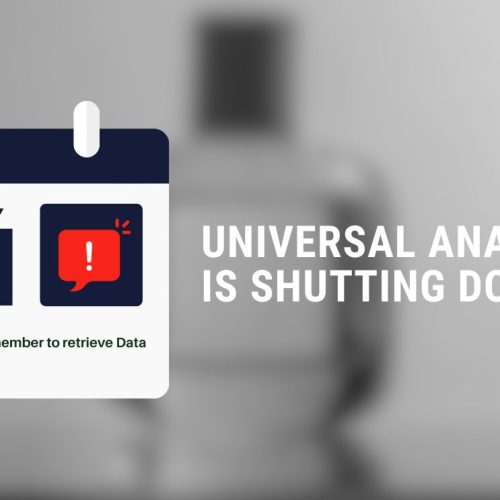New method for data tracking
At IIH Nordic, we have identified a challenge that is crucial to solve in order to secure an efficient data tracking process. The challenge occurs when an organisation changes their website and don’t update their data layers accordingly as it can create incorrect and incomplete data and thereby hurt the business. As we strive to help our clients fulfill their digital potential by getting the most out of their data, we found it necessary to develop a tool that could address this challenge and help our clients maintain their data quality through an efficient data layer system, and that’s why we created the Data Layer Monitor.
The Data Layer Monitor is one of our newest tools, and it is developed to make it easier for our clients to track and structure data on their website. The solution allows users to identify errors, receive notifications when changes occur and gain actionable insights to improve data quality. Thus, the tool contributes to time and resource optimisation and helps our clients to become much more efficient in their website tracking efforts.
What are data layers?
Data layers are data structures that collect, store, and pass on information about website characteristics and user interactions that occur on the website. Modern website tracking is based on a data layer, therefore, the data layer should be considered a foundational element of a solid tracking setup.
When you find that your data quality isn’t good enough, the problem nearly always comes down to the source and thus the data layer. As your website evolves over time, changes that affect the data layer are difficult to avoid. These changes can lead to the data layer deviating from the expected state.
Why is this a problem?
When data layers are incorrect or incomplete, the data quality decreases until the problem with the data layer is fixed. And even once the problem is fixed, you still have a period of time during which your gathered data is not reliable. For situations like this, you need to consider three things:
-
- How are you going to detect the missing or incorrect information?
- How quickly can you detect the error?
- How are you going to fix the problem?
The actions taken after finding out about the problem are usually ad hoc quality assurance actions, and no matter how skilled the people taking care of the issue are, this is inevitably inefficient compared to how you could handle these kinds of situations.
Without help from automation, you will have to deal with unreliable data or even unavailable data, which will lead to inaccurate analyses and thus poorer results. On the other hand, if you start to use automation, the amount of time, resources and worries spent on your data quality will decrease as all monitoring and assessment is done by the system. Adding to that, the results you get from your effort will improve as you become able to follow your data layers real-time and act immediately when something doesn’t look right. And that is why our new tool, the Data Layer Monitor, is a musthave for data tracking!
How does the Data Layer Monitor work?
The Data Layer Monitor is basically a tool that will assist with the aforementioned concerns and help you establish a process to build up and maintain a high quality data collection pipeline. The product consists of the following:
-
- For each data layer event recorded on the website, real-time checks are performed against the data contract/data layer documentation.
- The results of these checks are aggregated and real-time error reports are generated.
- You can continuously monitor the health of your data layer using a dashboard.
- When errors occur, you receive real-time notifications so you can react immediately and thereby mitigate the adverse effects of data quality degradation.
What are the benefits?
As mentioned, the Data Layer Monitor will help you identify errors, receive notifications about changes and gain actionable insights on how you can improve data quality, but these features will also provide the following benefits:
-
- Improved trust in the data
-
- Reduced time spent during QA for analysts and web developers (investigations can take several weeks from detection)
-
- Fewer hours spent on error response
-
- Faster response to errors and feedback
-
- Insurance that first point of contact (data layer) is operating properly to reduce downstream issues
-
- Improved process during implementation and a starting point for investigation
If you’re interested in learning more about the tool, you can follow this link to find out more about how it can help you or direct any questions you might have to our data layer specialist. Read about the Data Layer Monitor service








